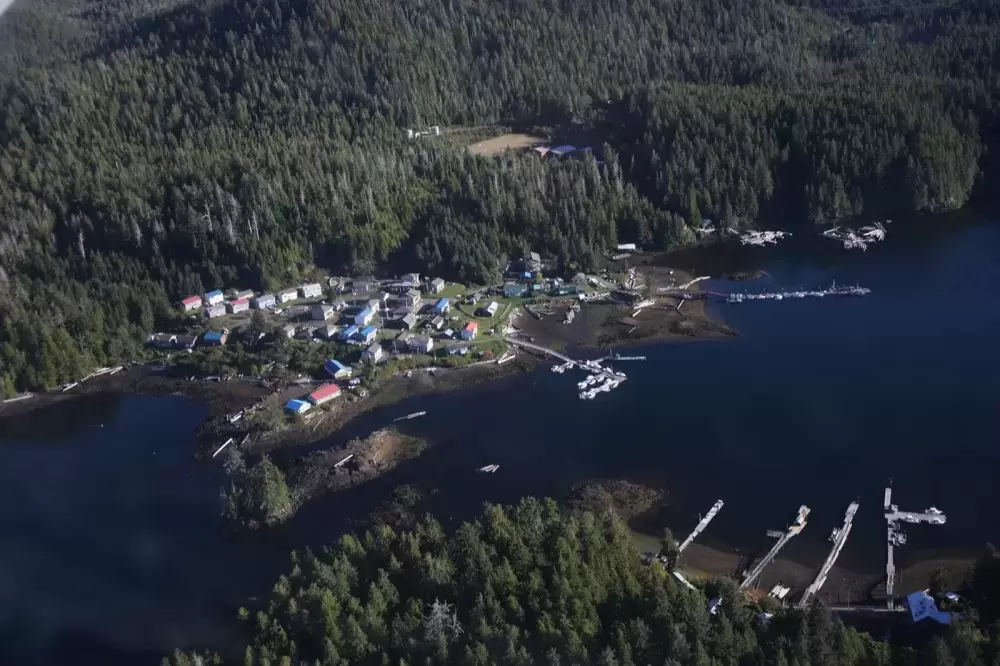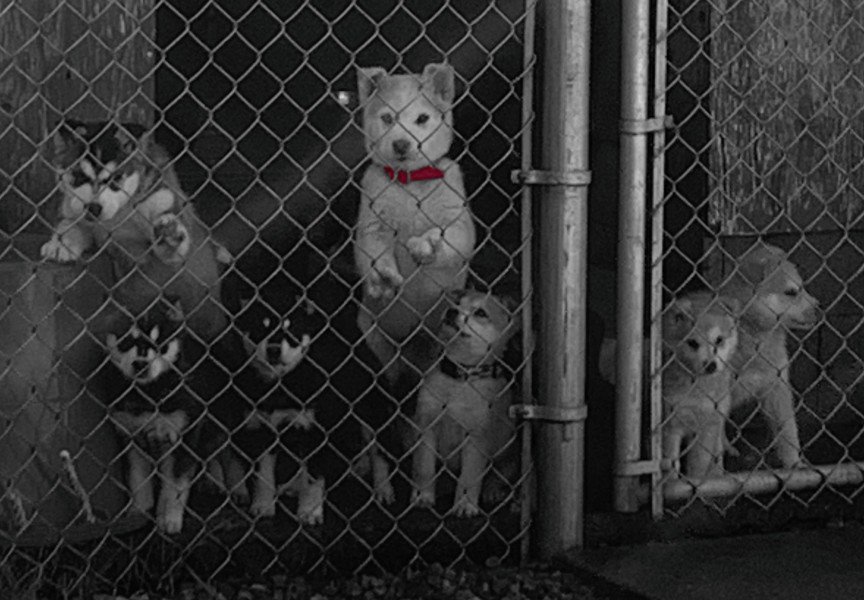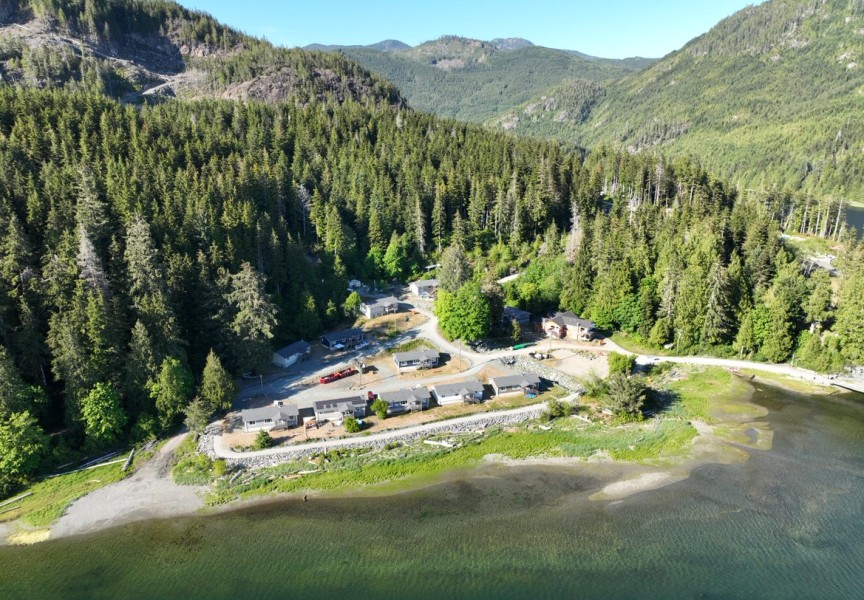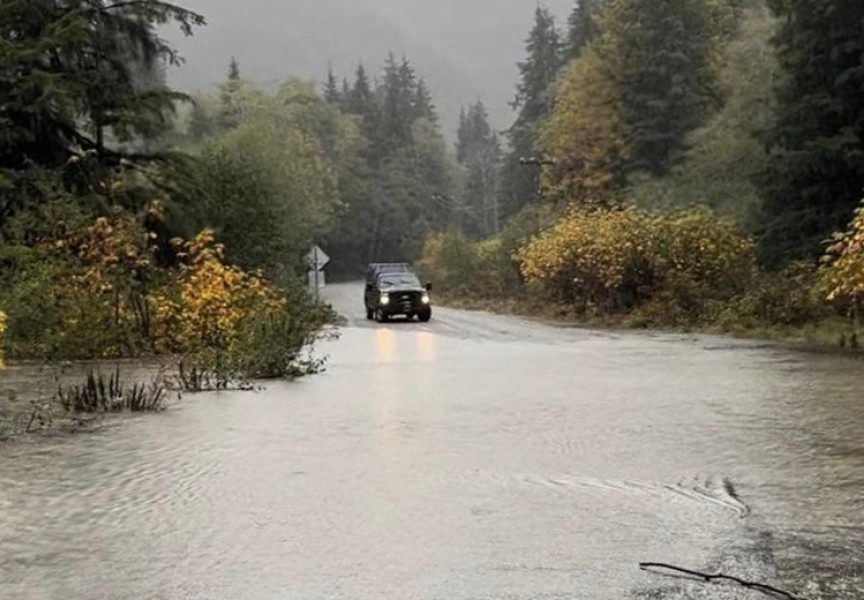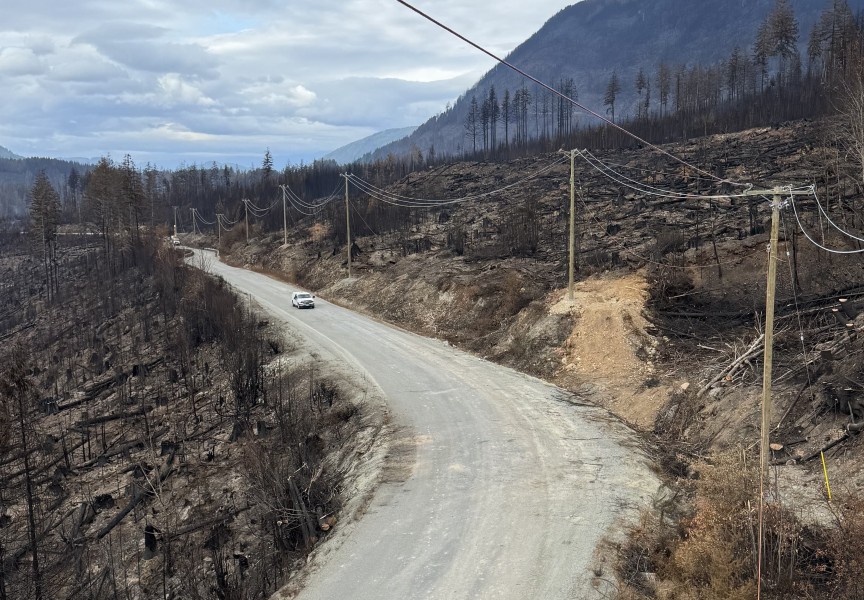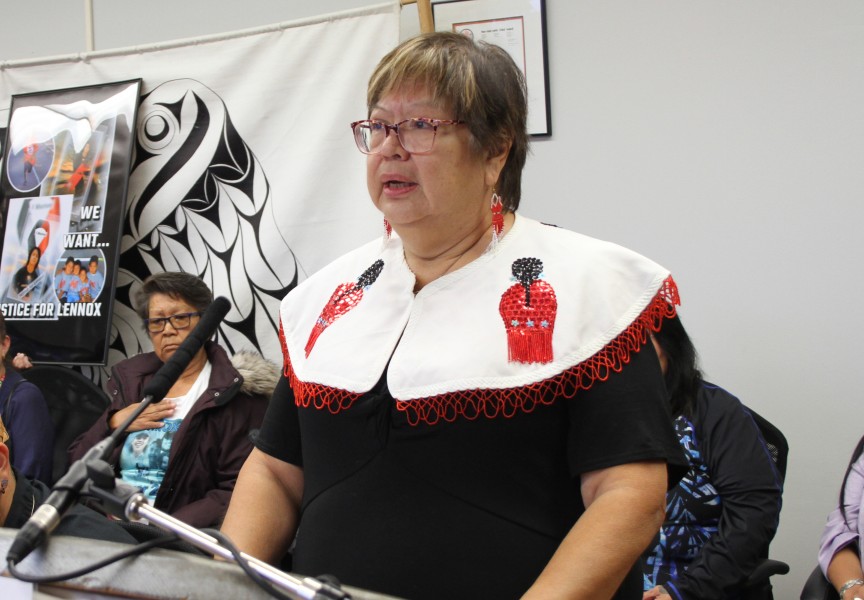Work will soon begin on major infrastructure upgrades as Ka:'yu:'k't'h'/Che:k'tles7et'h' First Nations (KCFN) prepare to replace their aging water and sewer systems.
The village of Houpsitas began filling with homes in the early 1970s when the First Nation moved from its island home of Aktis. According to KCFN CAO Cynthia Blackstone, some of the water and sewer pipes in the older parts of the village date back to that time.
Fifty years later, the village has grown to a population of about 200 with approximately 50 family homes, according to Blackstone.
The water system was last upgraded in 1998 when two reservoirs were placed high on the hill behind the community near the school. But the old tanks are showing their age, nearing the end of their lives, said Blackstone.
“One was at the point of buckling so it had to be decommissioned,” she said, adding that the one remaining tank continues to serve the entire village along with Walter’s Island and neighboring homes and businesses.
The tanks, if not replaced, could cause a lot of damage to the village below. If they rupture, vast amounts of water will come cascading down the hill, through the village. Adding to that, the water gets into the tank via large pipes connected to an artesian well dug about 100 feet deep. If the tanks fail, the water would continue pumping water freely.
But first, the plan is to replace existing water and sewer pipes in the entire community, meaning there will be a lot of digging throughout the village over the coming months.
Blackstone said the first pipes that were installed in the village during the 1970s are not being used, but they are still in the ground.
Fifty years ago, KCFN had no access to a local supply of gravel, which would be used for backfill around the pipes. Up until recently, if gravel was needed for construction projects in Houpsitas, they would, at great cost, have the materials barged in.
Now, KCFN manages a gravel production operation in the village. Blackstone says that they are in a partnership called KCFN Aggregate Ltd. which allows their nation to blast rock on their treaty settlement lands, crush and sort it so they can now produce their own gravel.
Once the pipes are replaced, the water pump system will be upgraded and a new, large capacity tank will replace the two old tanks.
Blackstone says she hopes the new tank will be located further up the hill so that it can supply water to a larger area.
“We have treaty settlement lands and are looking to develop a subdivision in the future,” she said.
The project is expected to cost $10 million. KCFN has secured $8.6 million from an infrastructure grant that comes from both the provincial and federal governments. In 2019 the Canadian and British Columbian governments committed up to $150 million towards the second intake of the Green Infrastructure – Environmental Quality Program to support cost-sharing of infrastructure projects in communities across the province.
Blackstone says Indigenous Service Canada is not a funder for the project.
“This is exciting because these are the types of grants given to municipalities,” said Blackstone.
KCFN is under the Maa-nulth treaty.
“We feel like we have a lot more control over the project and can do it how we want it done,” she added.
Construction, which begins this year, is expected to take three years to complete.
Blackstone says KCFN will eventually need to upgrade water and sewer pipes at Walter’s Island. She added that if enough funding can be secured, they would like to place their power lines underground while doing the upgrades.
“The power lines are prone to corrosion and the power poles are at the end of their lifespan,” said Blackstone.

